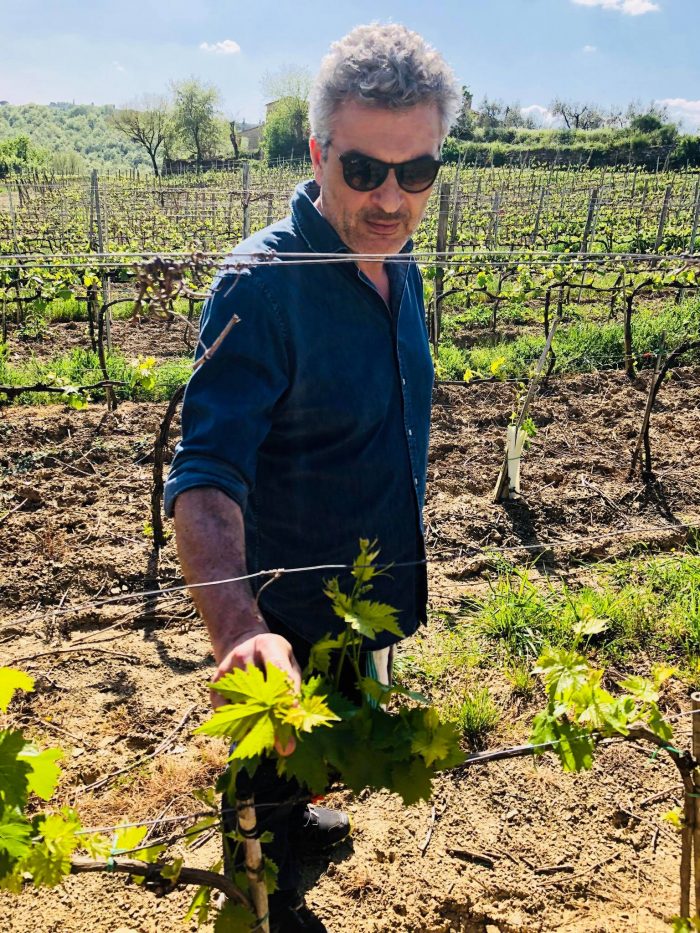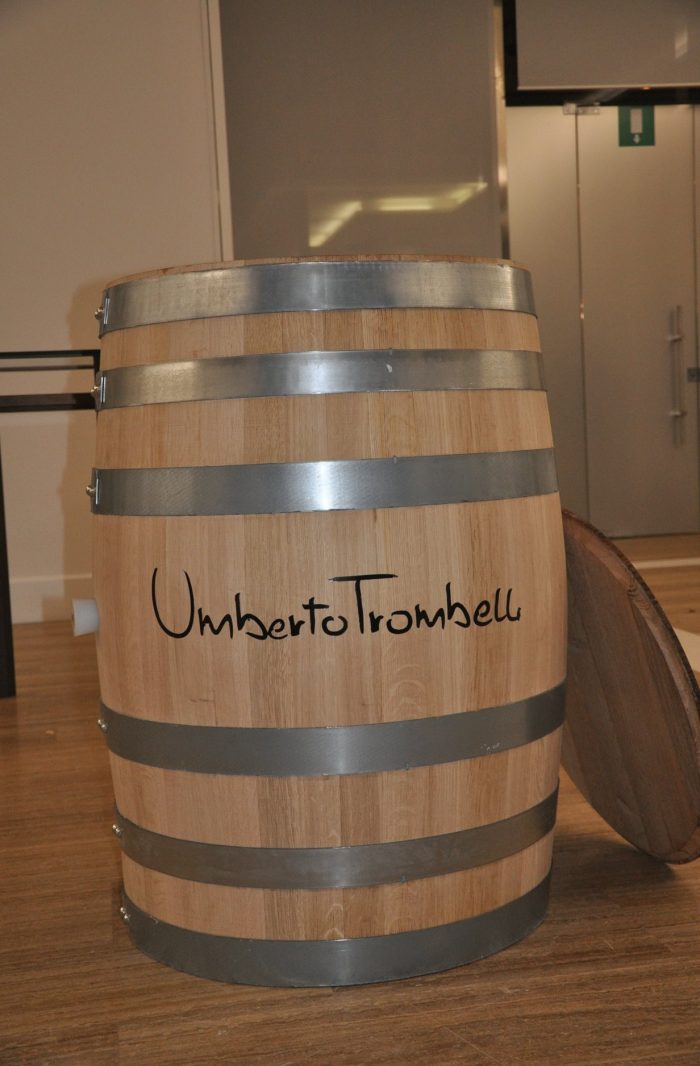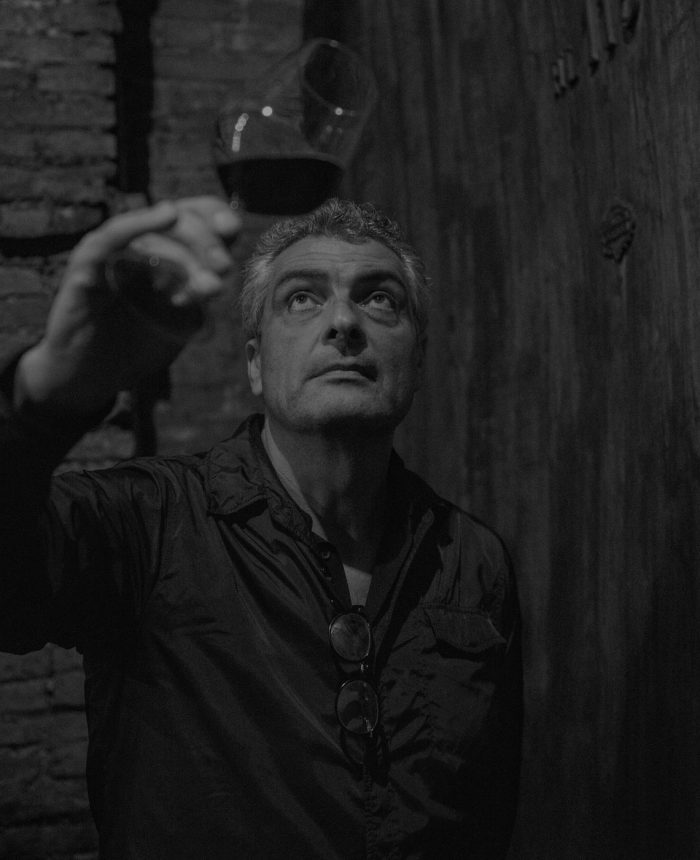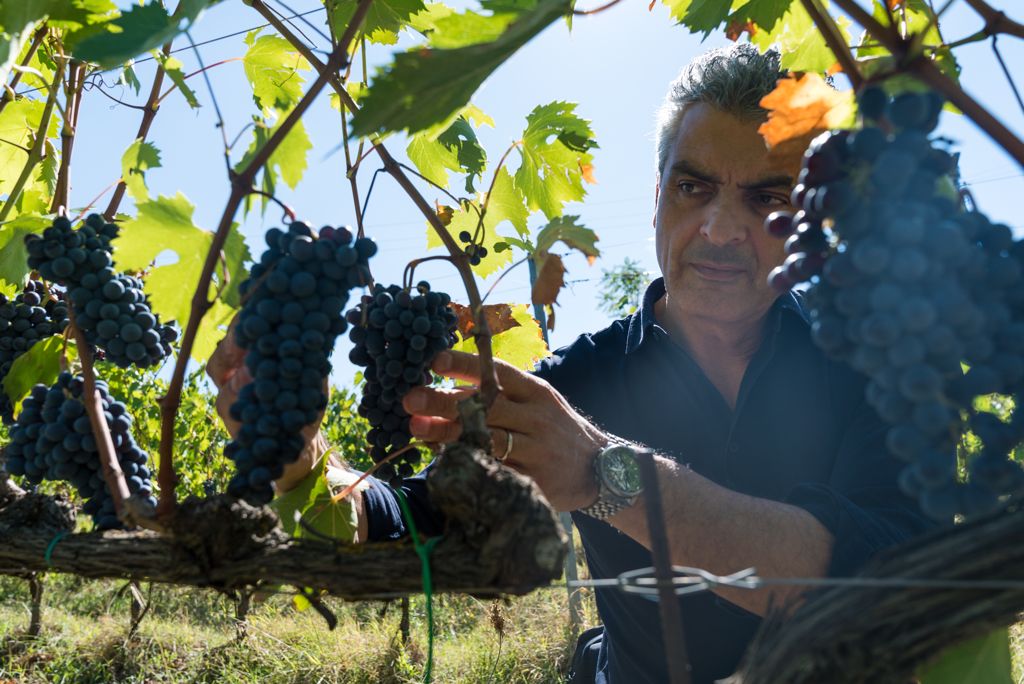The Wolf Post, supported by a Cultural Association, offers a professional service with free access, without subscription.
For this reason, a donation would also be a sign of appreciation for our work.
The primary goal of an oenologist is to be able to give the owner of the winery and, therefore, also to the final consumer, the “perfect wine”, enhancing and optimizing the fruit of the gods: the grapes.
Does the “perfect” wine really exist? Someone has defined the perfect wine as that which meets the favor of producers, others that of consumers. There are also those who argue that the perfect wine is the one without defects. Yet we know that, sometimes, a small imperfection can turn into an added value, an example of all “bretted” wines, loved and hated at the same time.
By adding a new chapter to the column, which gives a voice to winemakers, we turn to the most authoritative source to understand if the perfect wine exists and to what extent.

© Enologo Umberto Trombelli
Who better than an oenologist can know the fatigue and the many variables that affect the production of wine from the vineyard to bottling. Yet, often, the most ruthless judgments about wine come from those who only taste the final product without having witnessed the entire production process. For this reason, only an oenologist can know if the “perfect” wine exists and when it can be defined as such, according to his experience.
The adjective “perfect” is very generic when applied to a wine. A very subjective term applicable to an extended series of wines. There is the “perfect” wine for a certain price range, that is, the wine that meets a vast population of consumers because it is sold at a centered price with a high quality for that price. There is the “perfect” wine for that specific year, particularly excellent, for which the characteristics of the wine are in perfect balance: however, the perfect balance of the components does not necessarily marry with a perfect market appreciation. The “perfect” wine also needs an appropriate promotional and marketing campaign. The variables are many and I don’t think there is an absolute perfect wine, as well as in any earthly context.
Regarding the subjectivity of the producer and the oenologist, I believe that there are moments and occasions when a wine gratifies me professionally enough to be able to define it as “perfect” from my point of view: a wine that I consider exciting for how it has reached that qualitative level, for how the synergy between the intentions, the efforts, the costs to produce it, have gratified the intentions, thanks to the consensus of customers and critics.

© Enologo Umberto Trombelli
Is there a defect that you are particularly afraid of?
I fear, above all, the fact that a wine is not appreciated for consumption. More precisely, I fear that “my” wine, once served, will not be consumed and will remain in the bottle. 99% of the time, this means it was not appreciated for its drinkability, regardless of its goodness. A wine can also be multi-awarded, if, however, its appreciation was based only on the intensity of its characters but did not pass the test of drinkability and pleasantness by the final consumer, it would be a useless wine: a wine that would not be remembered. .
As far as the defect itself is concerned, I believe that the defects are homologating and prevent a wine from expressing its own characters, losing in territoriality and typicality, something that many consider in the opposite sense.

© Enologo Umberto Trombelli
What are the operations, or strategies, that you implement to prevent this problem from arising?
I don’t like taming wines, adding products that remedy a mistake or an unfavorable vintage. My intent is to guide the vinifications based on the peculiarities of the grapes I receive in the cellar: therefore, inspections in the vineyard, grape tasting, ripening curves and appropriate and personalized vinifications for each individual case. The same goes for the choice of the wine vessels to refine, the timing and duration of the refinement in a wine vessel or bottle. A fundamental element, then, is the cleanliness and hygiene of all environments.
In the worst case scenario, I prefer to define with the producer a “downgrading” line of the defective batch of wine towards generic commercial lines.
Commercial wines, then, are “Beverage” wines and must be built for a consumer of a specific market and it is, therefore, difficult to imagine that a qualitative and unique result can be achieved regardless of the variables of the vintage, without the contribution of permitted additives and adjuvants.

© Enologo Umberto Trombelli
Your thoughts on “Brett” wines: are they undoubtedly defective wines or are they an interesting experience?
The concentration of ethyl phenols in wines, due to the action of brettanomyces yeasts, is a defect. The extent of the defect depends on the concentration of these volatile substances in relation to the type of wine.
It is. therefore. not possible to define a limit of these substances beyond which the Brett defect is obviously devaluing. It is possible to define a limit within a variable range between a minimum and a maximum and discerning between the various molecules that fall into this family (4 ethyl guaiacol, for example, has a different olfactory impact from 4 ethyl phenols).
Having said this, we must consider that the olfactory sensitivity to these substances is subjective, as well as homologated, that is, habitual. It follows that the consumer’s perception is not aligned with the perception that winemakers have. It follows that there are “bubbles” of consumers and opinion leaders who are not yet able to categorize the perception of these odorous substances as unpleasant and depreciable. In fact, in the red wines of Bordeaux, which have a high number of cases, it is only starting today to consider it as a defect. Indeed, there are those who consider it a character of territoriality, a completely wrong thought.
We can and must overcome this problem: greater attention to hygiene in the cellar, organoleptic and analytical control of the wines, use of “natural” products to inhibit these microorganisms that are agents of the defect. By avoiding the development of these substances, it is perceived that the wine produced benefits from them since other more noble and characteristic volatile substances become perceptible.








